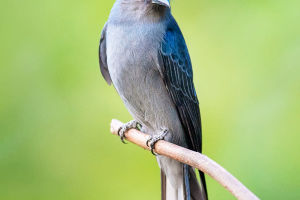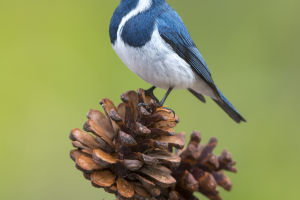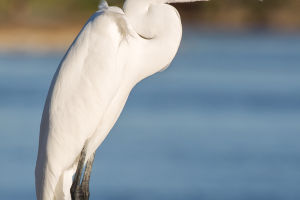Zebras, with their distinctive black and white stripes, indeed belong to the equine family, sharing a lineage with horses and donkeys.
However, despite their physical capability to bear weight, zebras have never been domesticated like horses. This intriguing difference primarily stems from their temperament, adaptability, and evolutionary history.
Zebras have a temperament that is markedly different from that of domesticated horses. Their natural habitat in the African savannah—home to a plethora of predators including lions, leopards, hyenas, and African wild dogs—has shaped zebras to be extremely cautious, timid, and yet aggressive when threatened.
This combination of traits makes them particularly challenging to tame and domesticate. Unlike horses, which were domesticated thousands of years ago and have evolved alongside humans, zebras have retained a wildness that is difficult to curb for domestic use.
The social dynamics and communication within zebra herds also play a role in their resistance to domestication. Zebras communicate with a variety of vocalizations that are more frequent and, to human ears, more piercing than those of horses. Their herd mentality, characterized by strong social bonds and aggressive defense mechanisms against predators, contrasts with the more adaptable and trainable nature of horses.
Zebras are crepuscular, meaning they are most active during the early morning and late evening, which contrasts with human schedules and the demands of domesticated life. This discrepancy further complicates any potential for domestication, as the natural rhythms of zebras do not align with the typical working hours for domesticated animals.
While zebras are physically strong, their endurance levels do not match those of horses, making them less suitable for long-distance travel or labor. This lack of endurance, combined with their unpredictable behavior, reduces their utility as domesticated animals for transportation or agricultural work.
The question of domesticating zebras is also intertwined with their conservation status. With three existing species—plains zebra, mountain zebra, and Grévy's zebra (often referred to as the fine-grained zebra)—only the plains zebra is relatively abundant. Both the mountain and Grévy's zebras are classified as endangered, highlighting the importance of focusing on their conservation in the wild rather than considering their potential for domestication.


